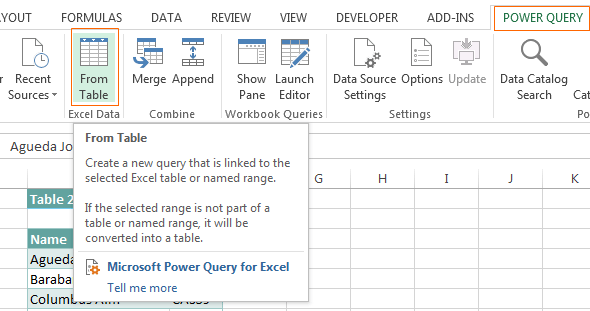
After that, using the For Next Loop we’re going through our data.Then, we are defining the variable type.
 First, we are calling our Sub Procedure Log_Transform_Data. Moreover, we have added a column named “ Logarithm Value”, where we will return the transformed data. We will see how we can change this base using another function in another method. This function returns the Logarithm value of a number and the base will be always 10. Use of LOG10 Function to Transform Data in Excelįor the first method, we are going to use the LOG10 function to transform data in Excel. Read More: How to Plot Log Scale in Excel (2 Easy Methods)Ĥ Ways to Log Transform Data in Excel 1. However, this is not the absolute truth, depending on your dataset and the goal of the analysis, you will need to decide when to use the normal scale and when to use the Log scale. The base selection will be depended on the statistical model of any particular research.Īnother rule of thumb is that when you need to account for the relative changes in your dataset, you should use the Log scale to transform your data. Here, the base is q, which can be any positive number (except 1), however, base 10 is the most common base. The Logarithm can be demonstrated as follows: p = Log q (r),
First, we are calling our Sub Procedure Log_Transform_Data. Moreover, we have added a column named “ Logarithm Value”, where we will return the transformed data. We will see how we can change this base using another function in another method. This function returns the Logarithm value of a number and the base will be always 10. Use of LOG10 Function to Transform Data in Excelįor the first method, we are going to use the LOG10 function to transform data in Excel. Read More: How to Plot Log Scale in Excel (2 Easy Methods)Ĥ Ways to Log Transform Data in Excel 1. However, this is not the absolute truth, depending on your dataset and the goal of the analysis, you will need to decide when to use the normal scale and when to use the Log scale. The base selection will be depended on the statistical model of any particular research.Īnother rule of thumb is that when you need to account for the relative changes in your dataset, you should use the Log scale to transform your data. Here, the base is q, which can be any positive number (except 1), however, base 10 is the most common base. The Logarithm can be demonstrated as follows: p = Log q (r), 
This tool is highly effective for data analysts. Consequently, pattern recognition will help us to make meaningful decisions from the data, which is the ultimate goal for any data analysis task. This will help us to make a pattern for a dataset.

We can use Log Transform to convert any skewed dataset distribution to less skewed.







 0 kommentar(er)
0 kommentar(er)
